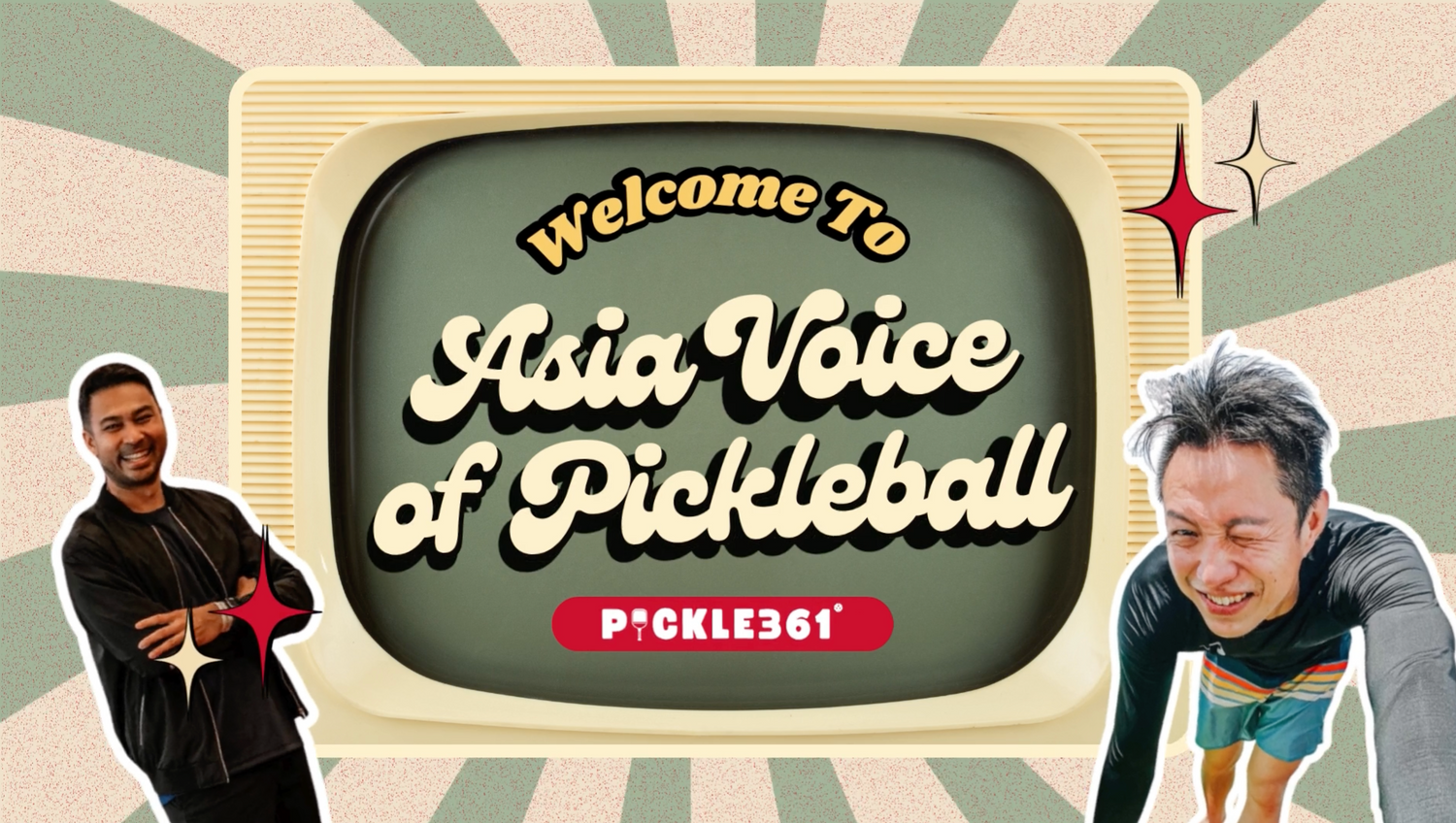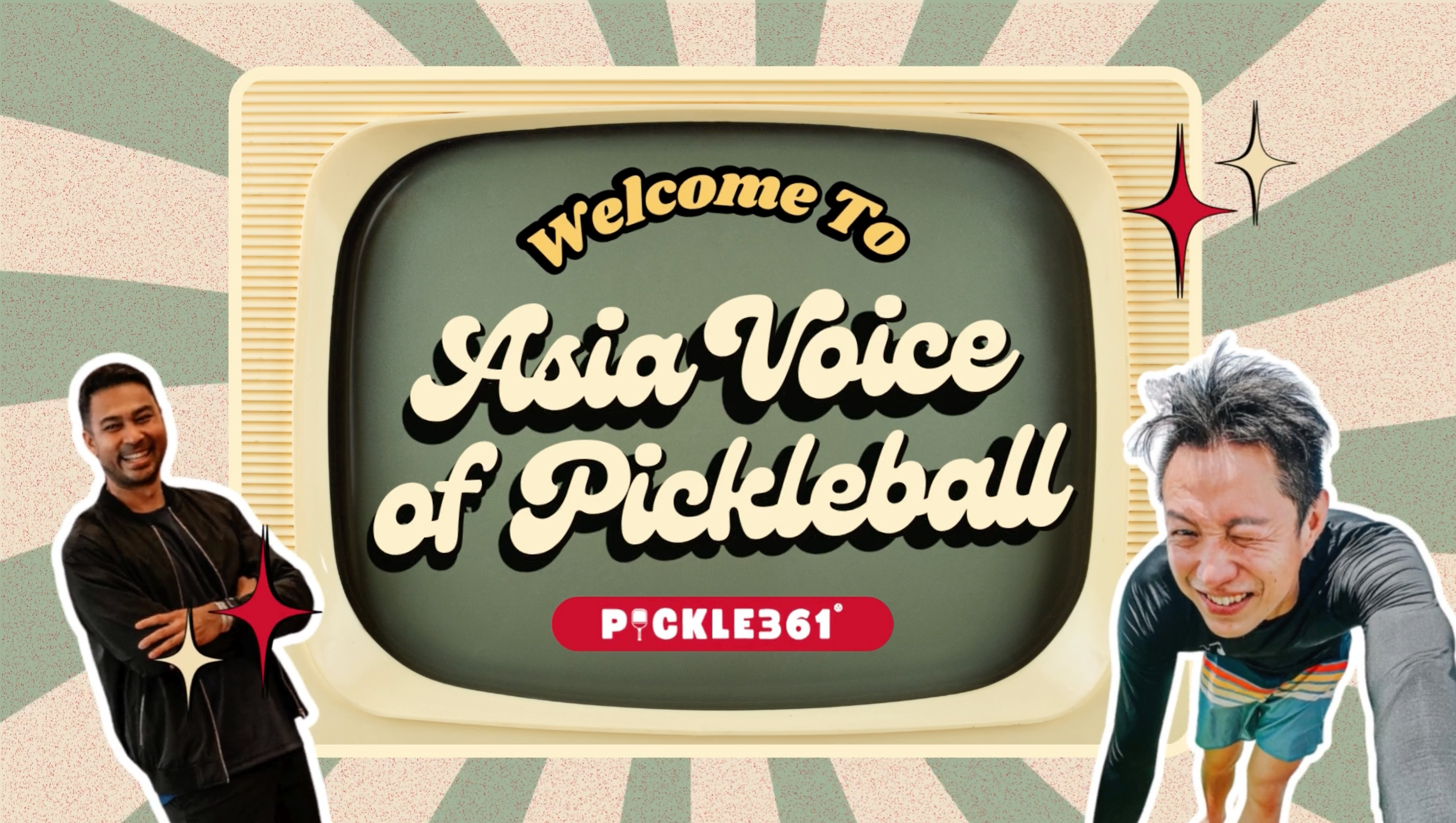
Pickleball for All Ages: Why 35+, 50+, and 60+ Categories Are Changing the Game
Sureena Shree ChandrasekarPickleball isn’t just a young person’s game, it never was. As the sport rapidly expands across Southeast Asia, more competitive players over 35, 50, and even 60 are stepping onto the court with confidence, purpose, and power.
Age-based divisions, long embraced in more mature pickleball ecosystems like the U.S., are now being woven into the tournament structures in Malaysia and neighbouring regions. And the result? A more inclusive, strategic, and exciting game for everyone involved.
The Push from World Pickleball Championship (WPC)
According to Jan Papi, founder of the World Pickleball Championship (WPC), the need for structured age-based competition is not just about fairness, it’s about sustainability. “Pickleball is a lifelong sport,” he shares. “It’s not like tennis or squash where the body starts to give out earlier. We want players to compete and win well into their 60s.”
WPC tournaments now include full-age brackets for 35+, 50+, and 60+, ensuring older players are recognised not just as participants, but as serious competitors in their own right. This model is helping shift the perception of pickleball from a purely youth-dominated activity to a true lifetime sport.
A Growing Movement in Malaysia
Malaysia has quickly become one of the most promising hotspots for competitive pickleball in Southeast Asia. With a growing number of associations, clubs, and coaching academies, the country is seeing increasing participation across all age groups.
The Malaysia Pickleball Association (MPA) has begun adopting ranking systems that include age categories, allowing older players to track their national performance while competing against similarly aged opponents. This structured recognition is a major motivator, offering players a chance to not only enjoy the sport but represent their state or country in their own age bracket.
Why Age-Based Divisions Matter
Here’s what age-specific tournaments bring to the table:
- Balanced Competition: Players face others with similar physical dynamics, creating fairer and more strategic matches.
- Long-Term Engagement: Older athletes feel more invested in continuing their training and development, knowing there’s a clear path to compete.
- Health and Community Benefits: Playing in age-appropriate groups reduces injury risk, boosts fitness, and strengthens social bonds.
-
Pathways to International Representation: In global tournaments like WPC, players can represent Malaysia in their respective age groups, adding prestige and purpose.
Local Success Stories
Across Selangor, Putrajaya, Penang, and Cyberjaya, more players in their 40s, 50s, and 60s are attending coaching clinics, joining local leagues, and entering doubles tournaments. With seasoned coaches tailoring programs specifically for older athletes, the pathway to success is clearer than ever.
Players like Alex Goh (Putrajaya Pickleball Association) and Adrian Chai (PUPA) are already working with juniors and seniors alike, building a holistic development environment where everyone, regardless of age, has a space to compete and grow.
What’s Next?
As Malaysia continues to shape its national pickleball ranking system, age-based categories are expected to become the standard. That means more podium opportunities, more meaningful competition, and greater representation at both the local and international level.
For any player wondering whether it’s too late to start or return to competitive play, the answer is simple: your age is your strength.
Want to get started?
Find a coach, register for a local league, or follow Pickle361 for updates on upcoming age-division tournaments near you! Here's our reminder to you that your age does not have to be a limitation, but it could be your superpower!












